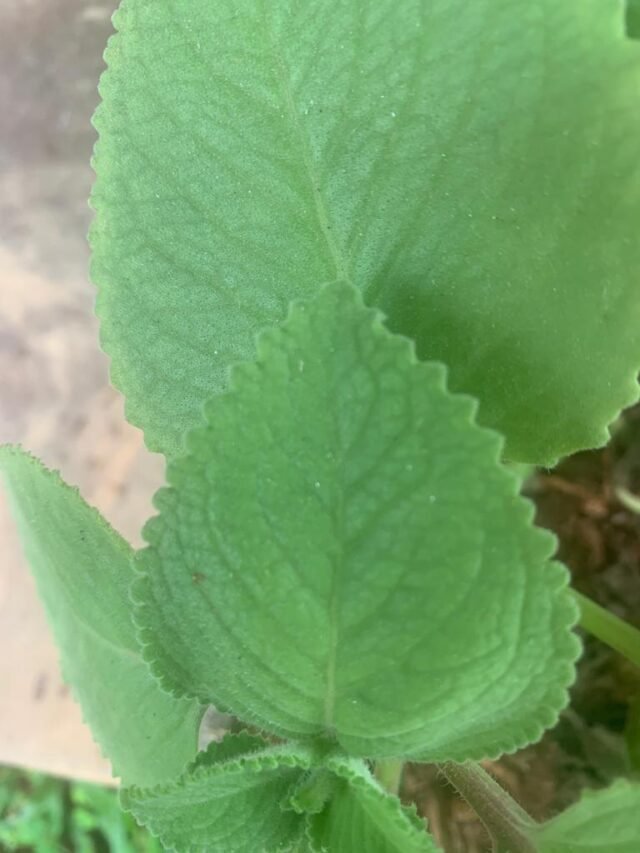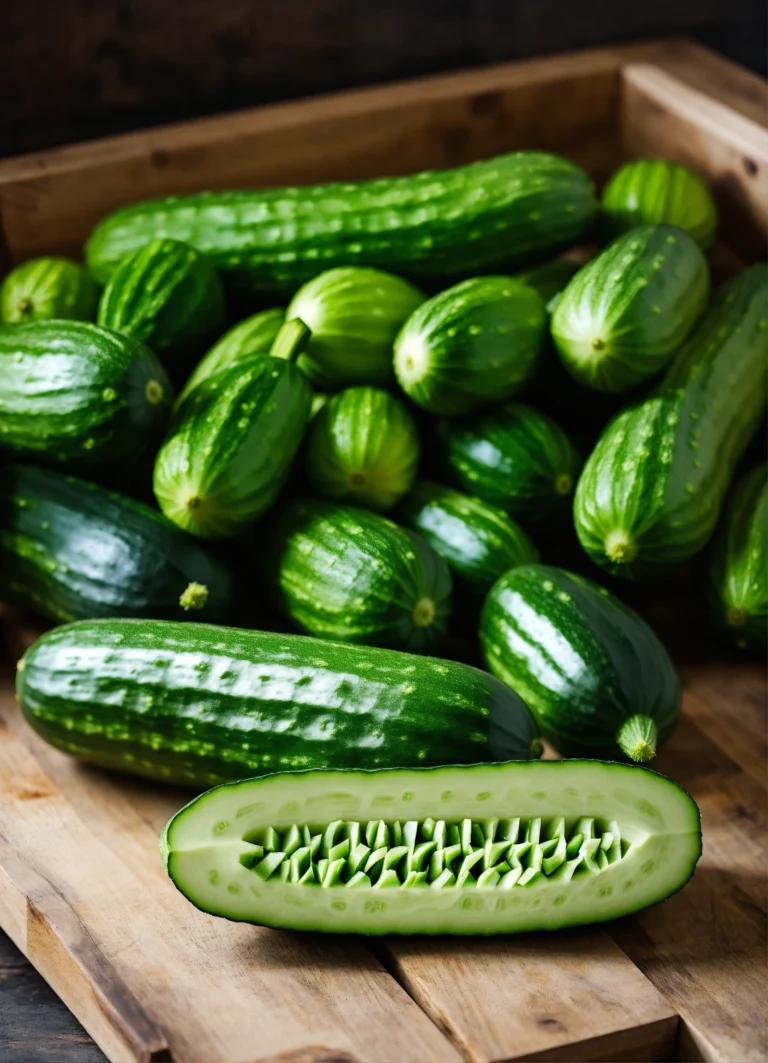Introduction to Magnolia Tree
Table of Contents
Magnolia trees, revered for their stunning beauty and enchanting fragrance, have captured the admiration of gardeners and botanists alike for centuries. This ancient genus, named after the French botanist Pierre Magnol, boasts a rich history dating back to prehistoric times. Fossils indicate that Magnolia species existed as far back as 95 million years ago. Notably native to Asia, particularly China and Japan, as well as the Americas, Magnolia trees encompass a diverse range of species adapted to varied climates and regions.
Among the many striking characteristics of Magnolia trees, their large, fragrant flowers are perhaps the most enchanting. These blossoms, which can be white, pink, purple, or yellow, not only attract pollinators but also delight onlookers with their elegant form and sweet scent. Another hallmark feature of the Magnolia tree is its glossy, leathery foliage that provides a lush, verdant backdrop throughout the growing season. The trees’ bark and structure further contribute to their ornamental appeal, offering architectural interest even when not in bloom.
Cultural significance of the Magnolia tree spans across different societies and eras. In traditional Chinese culture, magnolias symbolize purity and nobility, frequently appearing in art and literature. In the American South, where many species are native, the Magnolia tree holds a place of honor in landscapes and public gardens, symbolizing endurance and hospitality. This dual appeal, blending utilitarian use with aesthetic enjoyment, has cemented the Magnolia’s place in both historical and contemporary horticultural practices.
Renowned for their resilience as well as their beauty, Magnolia trees have become a staple in ornamental gardening worldwide. Their ability to enhance any landscape, from urban parks to private gardens, speaks to their enduring allure. Whether one seeks a specimen tree to make a bold statement or a flowering magnolia to provide seasonal interest, these trees offer unmatched versatility and charm.
Types of Magnolia Trees
Magnolia trees, celebrated for their stunning blossoms and lush foliage, come in diverse varieties that grace landscapes worldwide. Among the numerous species, three prominent types stand out: Magnolia grandiflora, Magnolia stellata, and Magnolia x soulangeana.
The Magnolia grandiflora, commonly known as the Southern Magnolia, is native to the southeastern United States. It is renowned for its large, fragrant, creamy-white flowers and glossy, dark green leaves. This species thrives in warm, humid climates and displays impressive growth, reaching heights of up to 80 feet. The Southern Magnolia is a symbol of elegance and resilience, capable of adorning gardens with its grandeur year-round.
Another notable variety, Magnolia stellata, or the Star Magnolia, captivates with its early spring blooms, offering a profusion of star-shaped white petals. Native to Japan, this smaller magnolia variety typically grows to about 15 feet tall and spreads around 10 to 15 feet wide. It prefers cooler climates and performs best when planted in well-drained, acidic soil. The compact size and delicate floral display make the Star Magnolia an excellent choice for smaller gardens and urban settings.
The hybrid Magnolia x soulangeana, known as the Saucer Magnolia, offers a spectacular display of large, cup-like flowers in shades ranging from white to pink and purple. This deciduous shrub or small tree, a result of crossbreeding Magnolia denudata and Magnolia liliiflora, is widely appreciated for its striking blooms before leaf emergence. Reaching heights of 20 to 30 feet, Saucer Magnolias flourish in both temperate and subtropical climates, requiring consistent moisture and well-drained soil.
Beyond these celebrated species, other varieties like the Sweetbay Magnolia (Magnolia virginiana) and the Cucumber Tree (Magnolia acuminata) further demonstrate the versatility of the magnolia genus. Each type boasts unique characteristics, yet all share the enchanting beauty and horticultural value intrinsic to the magnolia tree family.
Planting and Growing Conditions
When planting a magnolia tree, it is important to consider several key factors to ensure its successful growth and development. First, magnolia trees thrive best in well-draining, acidic to neutral soil with a pH level ranging from 5.5 to 7.5. Therefore, it is recommended to prepare the planting site by mixing organic matter, such as compost, into the soil to improve its structure and fertility.
Magnolias are generally adaptable to a variety of sunlight conditions, from full sun to partial shade. However, for optimal growth, most species prefer a location with at least six hours of direct sunlight daily. Proper exposure to sunlight promotes healthy foliage and prolific blooming, particularly crucial for magnolia cultivars known for their stunning flowers.
Watering needs vary somewhat based on the age and environment of the magnolia tree. Newly planted magnolias should be watered regularly to establish a robust root system; generally, they require deep watering once a week during their initial growing season. Mature magnolia trees are relatively drought-tolerant but benefit from periodic watering during prolonged dry spells.
When planting your magnolia tree, it is essential to consider spacing and planting depth. Each tree should have sufficient space to grow without competing for resources, which usually means planting trees at least 20 feet apart. The planting hole should be twice as wide and as deep as the root ball, allowing the roots to spread comfortably. Place the tree in the hole at the same depth it was in its container or slightly higher to ensure proper root aeration.
Common challenges in growing magnolia trees include root rot, pests, and nutrient deficiencies. Root rot can be prevented by ensuring proper drainage, while pests such as scale insects and aphids can be managed with organic or chemical treatments. Nutrient deficiencies can be addressed by applying a balanced fertilizer and maintaining soil health through regular mulching and organic amendments.
By following these guidelines and providing the appropriate care, gardeners can enjoy the beauty and grace of magnolia trees for many years.
Caring for Your Magnolia Tree
Proper care is essential for the magnolia tree to thrive throughout the year. An essential aspect of maintenance involves knowing when and how to prune. Pruning should ideally be done in late winter or early spring before new growth starts. This practice encourages a healthy structure and removes any dead or diseased branches. When pruning, make clean cuts just outside the branch collar without leaving stubs, as this helps prevent potential disease entry.
Fertilization plays a significant role in the overall health of a magnolia tree. Generally, fertilizing once in early spring with a balanced, slow-release fertilizer is recommended. If nutrient deficiencies appear, such as yellowing leaves, additional applications may be necessary mid-summer. Choose a fertilizer with equal parts nitrogen, phosphorus, and potassium, and avoid over-fertilizing, which can lead to root burn or excessive, weak growth.
Like all trees, magnolias are susceptible to pests and diseases. Proactive management is key to prevention. Scale insects and magnolia weevils are common pests. Natural predators, horticultural oils, or insecticidal soaps can control these pests effectively. On the disease front, keep an eye out for leaf spot and powdery mildew. Regularly remove fallen debris and ensure good air circulation to reduce disease onset. If an infection is severe, fungicides might be warranted.
Seasonal care tips further ensure your magnolia tree continues to flourish. In spring, focus on pruning and fertilization. Summer care includes consistent watering, particularly during dry periods. Mulching helps retain soil moisture and regulates temperature. In fall, reduce watering as the tree prepares for dormancy, but continue mulching to protect roots from frost. Finally, during winter, wrap young saplings with burlap to shield them from harsh conditions and regularly check for pest signs.
Engaging in these routines will help keep your magnolia tree robust and vibrant year-round, allowing it to be a magnificent presence in your landscape. Consistent, thoughtful care is the cornerstone to enjoying a healthy magnolia tree for years to come.
Magnolia Tree Flowering and Pollination
The Magnolia tree, known for its magnificent and captivating blossoms, stands out in many landscapes due to its distinctive flowering patterns. The splendid flowers of the Magnolia tree emerge in various colors, such as white, pink, purple, and yellow, depending on the species. These blossoms typically appear in early spring, although some varieties bloom in midsummer or even late winter. The blooming cycle of the Magnolia is a harmonious spectacle, often starting with the emergence of the buds that gradually unfold into large, aromatic flowers.
Pollination is a crucial process for the Magnolia tree, ensuring the continuity of these majestic plants. Unlike many other flowering plants, Magnolia trees have an ancient lineage that predates the arrival of bees as primary pollinators. Thus, their pollination strategy involves a variety of pollinators, including beetles and, to a lesser extent, bees and flies. These insects are attracted to the Magnolia flowers due to their size, vibrant colors, and especially their fragrant and sometimes spicy smell. As the beetles crawl and feed on the petals and pollen, they inadvertently facilitate the pollination process.
The environmental benefits of Magnolia tree pollinators extend to the broader ecosystem. By attracting diverse insect species, Magnolia trees support local biodiversity. Beetles, which are primary pollinators for Magnolias, play a pivotal role in decomposing organic matter, enriching soil health, and enhancing overall ecological balance. Additionally, the pollination activities on Magnolia flowers lead to the production of seeds that feed various bird species, further integrating the tree into the local food web.
In ecosystems where Magnolia trees flourish, they act as keystone species, promoting the health and diversity of their habitats. Their flowers are not just breathtaking in appearance but also essential to sustaining vibrant ecological interactions. Thus, the pollination of Magnolia trees is an integral part of their life cycle, facilitating their magnificent blooming and embedding them deeply into the environmental fabric of their surroundings.
Landscaping with Magnolia Trees
The Magnolia tree stands as a timeless addition to any landscape, providing both elegance and visual interest. When integrating Magnolia trees into your garden, the possibilities are extensive, allowing for a variety of design styles that cater to both formal and casual settings. The key to a successful landscape is understanding the tree’s characteristics and how they can complement your overall garden design.
In formal landscapes, Magnolias such as the Southern Magnolia (Magnolia grandiflora) can be used to create a structured and stately appearance. These trees, with their large, glossy leaves and fragrant, creamy white flowers, make splendid focal points when planted as standalone specimens. Positioning them at the end of a pathway or in the center of a symmetrically designed lawn can draw the eye and add a sense of grandeur to your garden.
For more casual garden settings, species like the Sweetbay Magnolia (Magnolia virginiana) offer a more relaxed feel with their airy growth habit and subtle, lemon-scented blooms. Integrate these trees into mixed borders to create a natural, flowing landscape that adapts well to informal gardens. The varied shapes and sizes of Magnolia trees provide endless creative possibilities; dwarf varieties, such as Magnolia ‘Little Gem’, are ideal for smaller spaces and container gardening, while larger species can provide shade and structure in expansive gardens.
To enhance the beauty of Magnolia trees, consider companion plants that complement their features. For example, underplant Magnolias with shade-loving perennials such as hostas and ferns, which thrive in the dappled light created by the tree’s canopy. The addition of spring bulbs like daffodils and alliums can provide color and interest before the Magnolia’s blooms appear. Ornamental grasses and low shrubs can also add texture and contrast to the Magnolia’s often smooth, dark foliage.
Creating appealing focal points with Magnolia trees is a matter of thoughtful placement and harmonious integration into the existing landscape. Whether utilized as a centerpiece or an integral part of a mixed border, the Magnolia tree’s stunning flowers and distinctive form make it an exceptional choice for enhancing the beauty and structure of any garden.
The Benefits of Magnolia Trees
Magnolia trees offer a plethora of benefits for homeowners and communities alike. These stately trees, with their broad, glossy leaves and spectacular blooms, contribute significantly to aesthetic appeal. Homeowners and landscape designers often favor magnolia tree for its timeless beauty and the magnificent flowers that appear in spring. The decorative charm it adds to any setting is incomparable, transforming ordinary yards into captivating spaces.
Beyond their visual appeal, magnolia trees provide substantial functional benefits. The extensive canopy of a mature magnolia tree offers excellent shade, creating cooler outdoor spaces during hot summer months. This natural shade can also help in reducing energy costs by lowering the temperature of the immediate surroundings and, consequently, making nearby homes less reliant on air conditioning.
Magnolia trees also play a vital role in fostering local biodiversity. They are known to support various forms of wildlife, including birds, small mammals, and numerous beneficial insects. The trees’ flowers produce nectar that attracts pollinators, such as bees and butterflies, which are crucial for the health of ecosystems. Additionally, the dense foliage provides shelter and nesting sites, thereby encouraging a lively and balanced local environment.
Another significant benefit of magnolia trees is their positive impact on air quality. Like many trees, magnolias are effective at filtering pollutants from the air, trapping harmful particles on their leaves, and absorbing carbon dioxide during photosynthesis. This process helps in producing cleaner, fresher air, contributing to the overall health and well-being of the community.
The psychological benefits of having magnolia trees within one’s vicinity are also noteworthy. Numerous studies have found that the presence of beautiful, natural elements like trees can reduce stress and enhance mental health. The serene environment fostered by a flowering magnolia tree can provide a sense of calm and improve mood, making it a valuable addition to any garden or community space. Thus, the magnolia tree stands as a testament to nature’s ability to enrich human life in multifaceted ways.
Common Issues and Troubleshooting
The Magnolia tree, known for its striking blooms and sturdy stature, is not without its challenges. Several common issues can affect these beautiful trees, ranging from leaf drop to nutrient deficiencies and various pest infestations. Being able to identify and address these problems promptly is vital to maintaining the health and vibrancy of your Magnolia tree.
One frequent issue gardeners encounter with Magnolia trees is leaf drop. This may be a natural occurrence in specific times of the year, but if it appears excessive, it could indicate a deeper problem. Factors such as overwatering or underwatering, sudden temperature changes, or even improper planting techniques can contribute to this condition. Ensuring that the tree is planted in well-drained soil and maintaining a regular watering schedule can help mitigate this issue.
Nutrient deficiencies are another significant concern. Yellowing leaves often point to a lack of essential nutrients like nitrogen. Conducting a soil test can determine the exact nutrient deficiency and allow for proper supplementation through organic compost or a balanced fertilizer. Tailoring the nutrient application to the soil’s specific needs will support healthy growth and robust bloom production in your Magnolia tree.
Pests such as scales, spider mites, and aphids can also pose a threat to the Magnolia tree. Regular inspection of the leaves and stems can help detect these pests early on. Using insecticidal soap or horticultural oil can effectively control minor infestations. For more severe cases, consulting with a professional arborist or pest control specialist may be necessary to implement a more targeted solution.
Diseases like powdery mildew and root rot further complicate Magnolia tree care. Powdery mildew, characterized by a white powdery substance on the leaves, can be managed by ensuring proper air circulation and avoiding overhead watering. Fungicides can also be applied as a preventive measure. Root rot, typically caused by overly wet conditions, necessitates addressing drainage issues promptly and ensuring that the tree is not exposed to prolonged waterlogging.
By understanding these common issues and applying timely treatments and preventive measures, Magnolia tree enthusiasts can ensure their trees remain healthy, thriving, and an enduring testament to nature’s elegance.
Discover more from Gardening with Ecorganicas: Your Source for Organic Gardening Tips
Subscribe to get the latest posts sent to your email.








